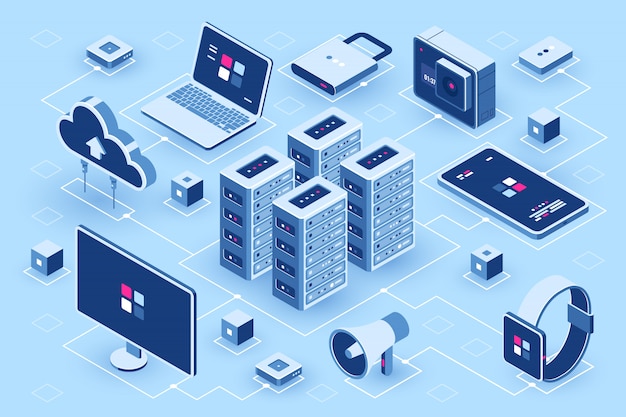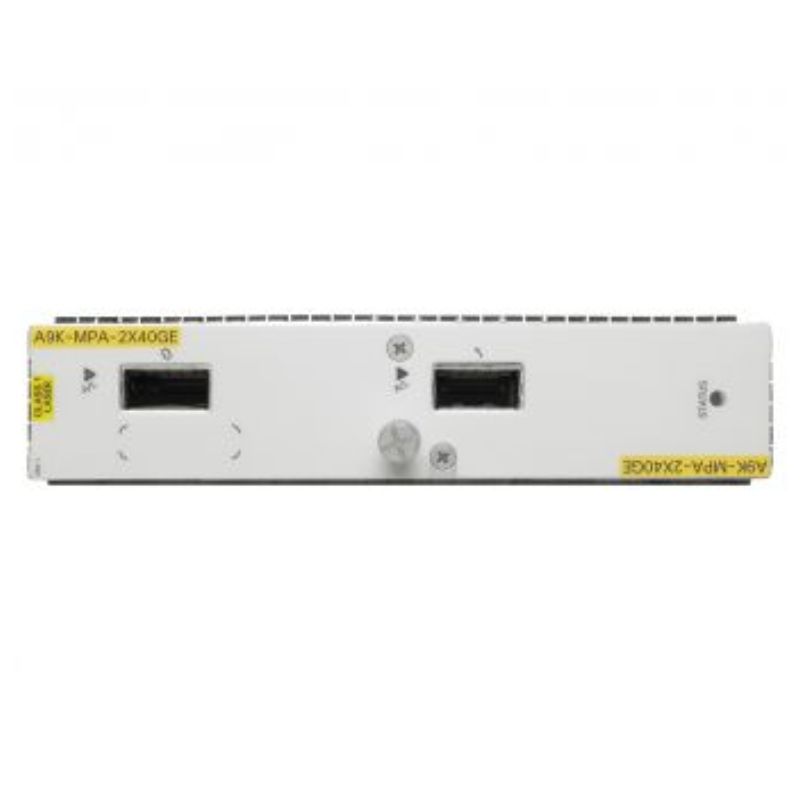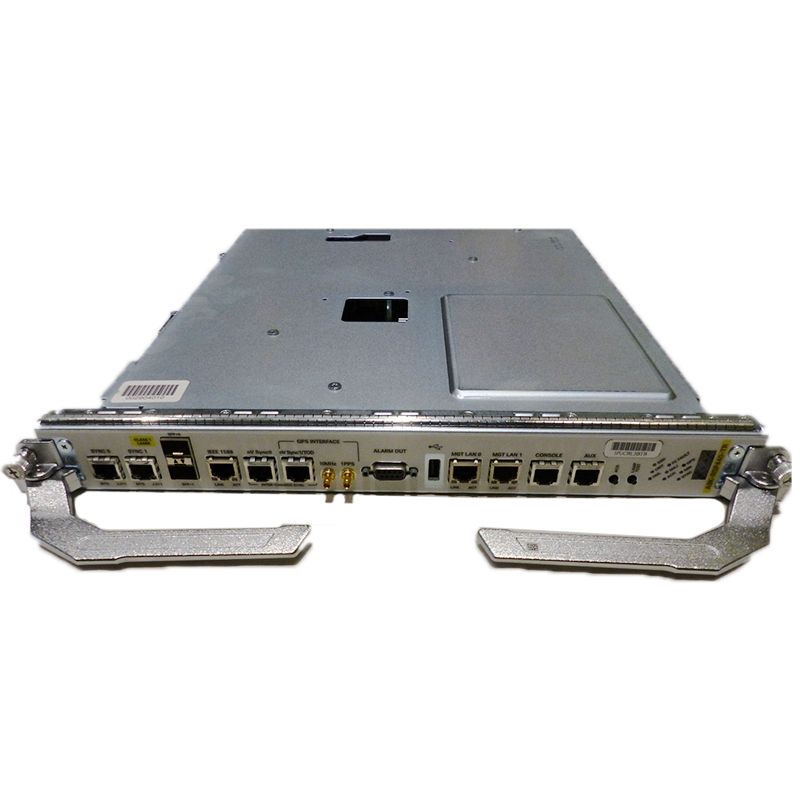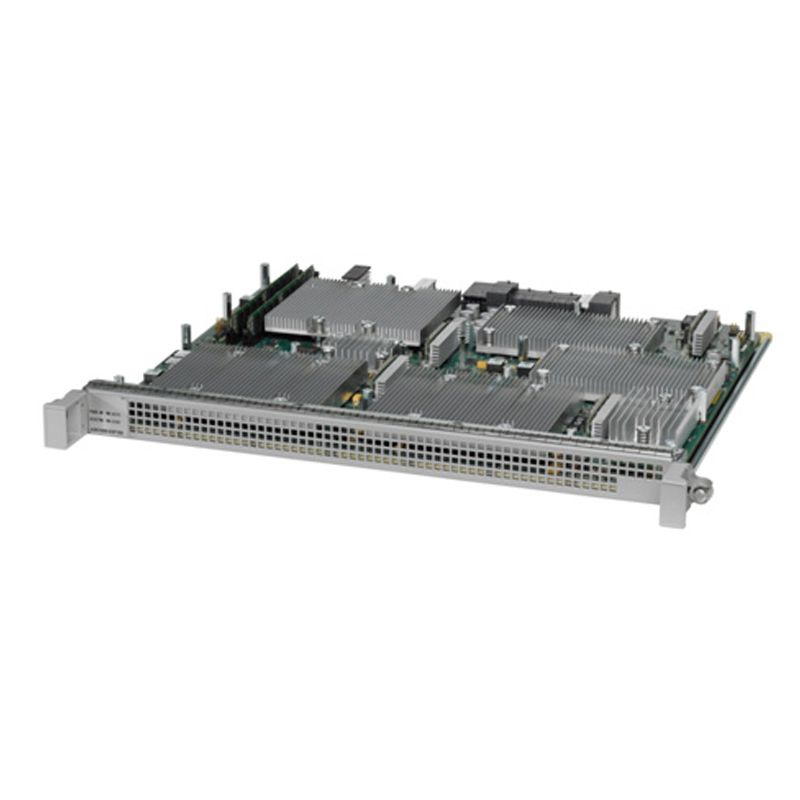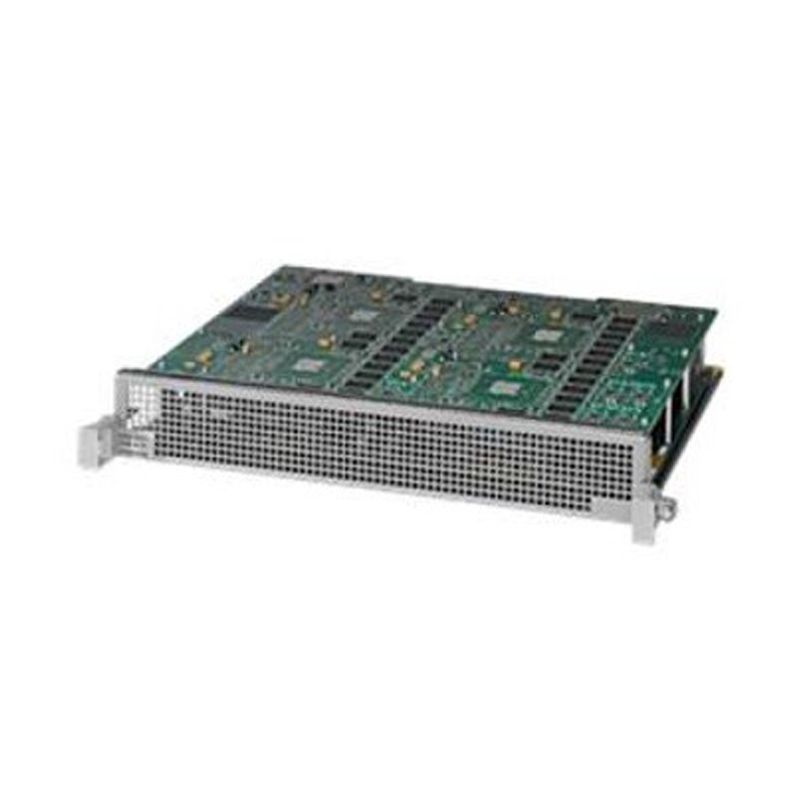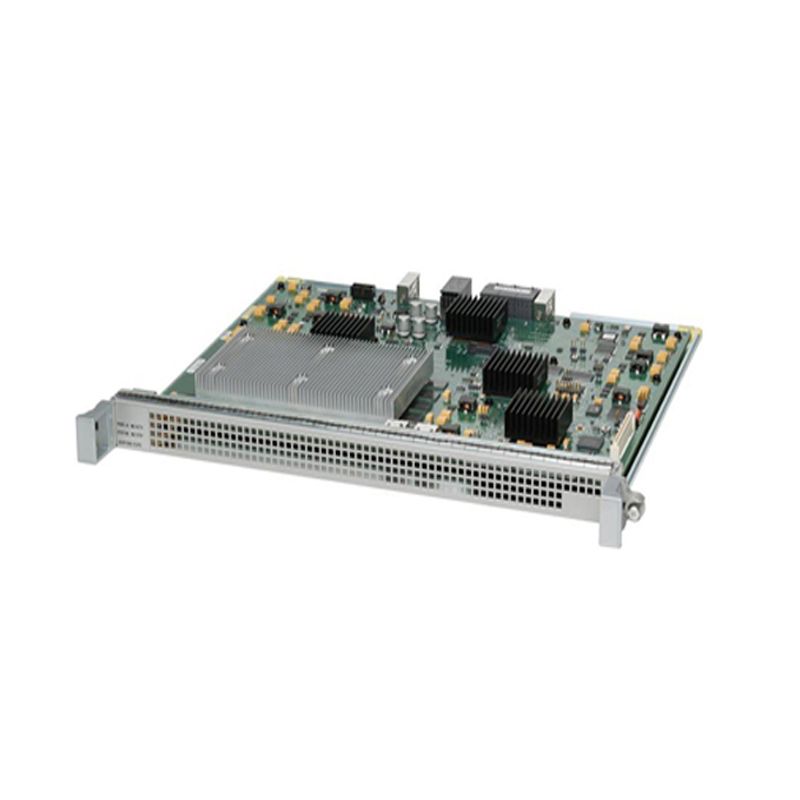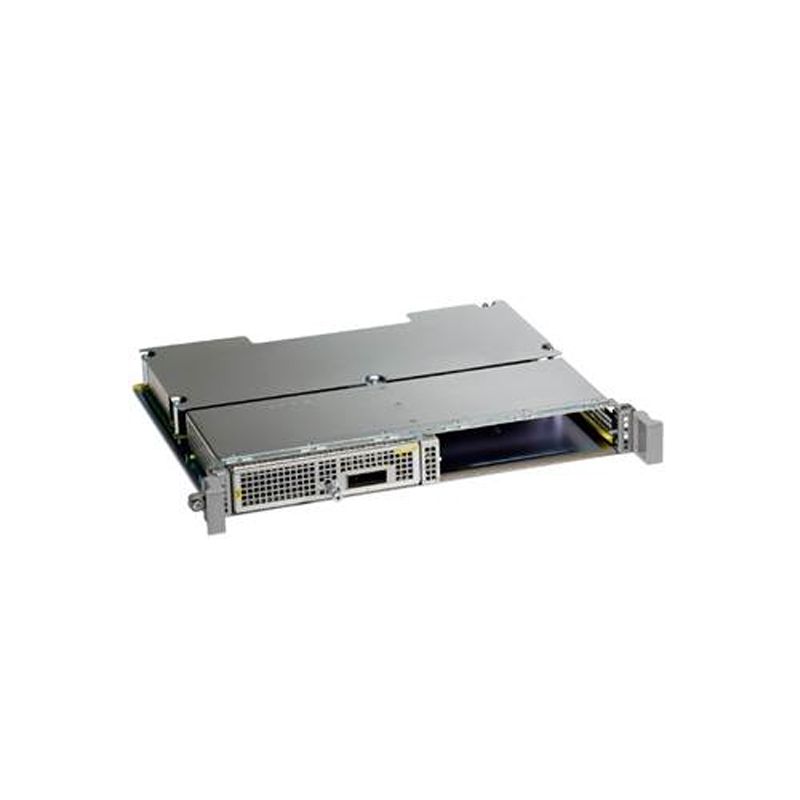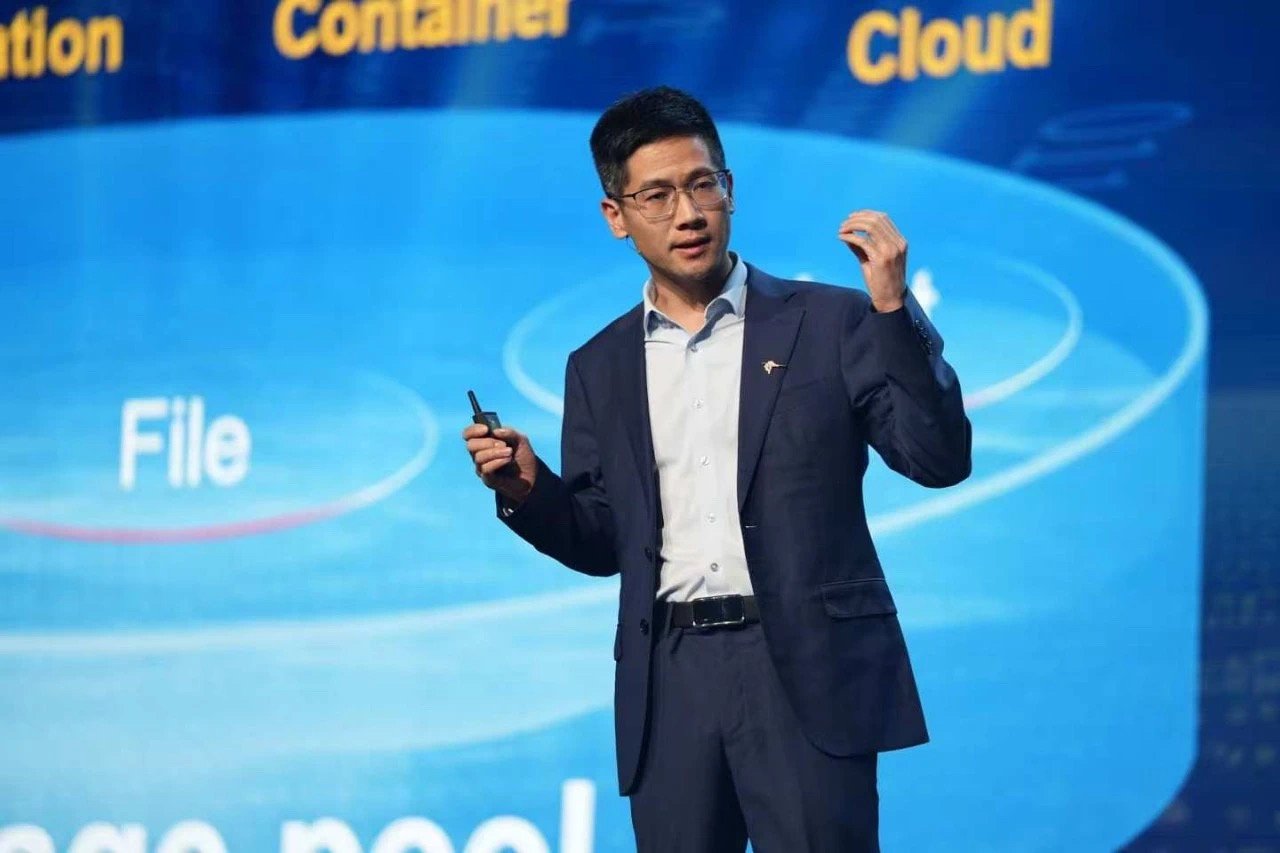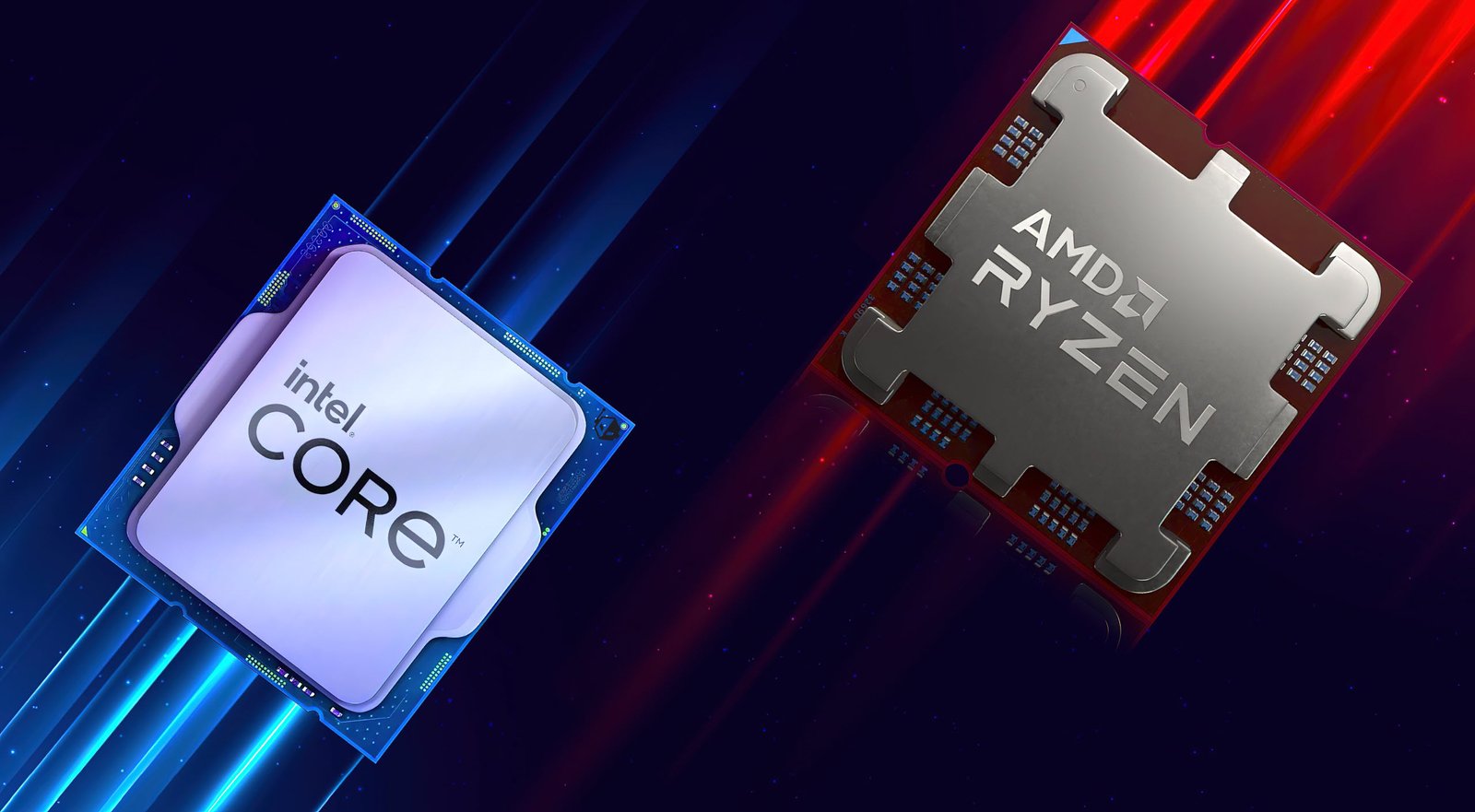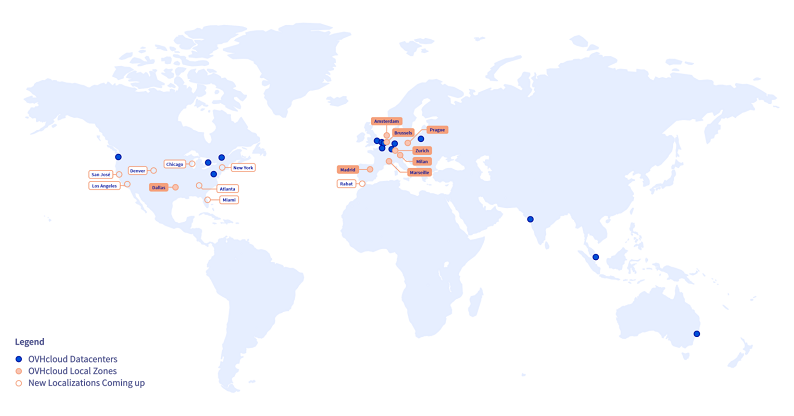Clarity is emerging on how AI will profoundly and enduringly redefine the future of work and innovation. However, as some questions find answers, others arise, particularly concerning AI’s environmental sustainability and the need for green data centers.
Organizations are increasingly under pressure to address climate change and minimize their carbon footprints, making ambitious environmental targets not just aspirational but essential.
A recent survey revealed that 94% of executives feel compelled to prioritize ESG initiatives, reflecting the rising demand for corporate accountability. Moreover, 46 countries and 554 companies have joined the Climate Pledge, underscoring a collective commitment to sustainable practices.
The importance of sustainability sits in an interesting tension with the rise in AI investments. While companies commit to lowering their carbon footprints, the energy-intensive nature of training AI models challenges these sustainability goals.
Balancing the environmental impact of AI with ambitious carbon commitments highlights a critical intersection of innovation and responsibility. That said, AI isn’t going anywhere. Gartner forecasts suggest global spending on AI software will increase at a CAGR of 19.1% over the next six years, with a rise in adoption stemming from enterprises’ appetite for high-performance computing.
Related:Beyond the Black Box: Rethinking Data Centers for Sustainable Growth
This begs the core question: How can we align AI’s rapid advancement with today’s environmental standards for green data centers?
The Role of Data Centers in AI Sustainability
Data centers have become the backbone of AI’s evolution, supporting advanced applications across industries. However, they face unique challenges in managing the complexities and demands of AI operations while striving for sustainable practices.
Recent reports show that data centers are indirectly responsible for 1-2% of global greenhouse gas emissions, largely due to the growing electricity demands of increasingly sophisticated workloads.
Sustainable innovation in data centers can take several forms, such as AI-powered energy management systems, which can dynamically adjust power use based on real-time demand. From a technical perspective, high-density colocation and liquid cooling are both critical components. High-density colocation allows data centers to maximize space efficiency by consolidating workloads, which can reduce the overall physical and energy footprint of operations.
Direct-to-chip liquid cooling is another advanced solution, replacing traditional air-based systems with more efficient liquid-based cooling that significantly reduces the energy needed to cool AI-driven workloads. By deploying air-assisted liquid cooling and rear door heat exchangers, data centers can support AI’s digital infrastructure needs while effectively managing resource usage and minimizing carbon footprint.
Related:Data Center Growth and Sustainability Are Not Mutually Exclusive
As AI adoption accelerates, data centers face mounting pressure to plan for rising energy needs and implement advanced cooling systems to support high-density deployments. Achieving this balance between technological progress and environmentally friendly practices is essential to ensure that innovation aligns with our goals for a sustainable future. In response, the green data center has emerged as a promising solution, leveraging AI to optimize efficiency and reduce carbon emissions.
This green data center approach presents an opportunity to bridge the gap between the demands of growing AI workloads and higher environmental standards.
Redefining Data Center Efficiency Through AI
AI’s influence on the design and sustainability of data centers is undeniable. The journey begins at the construction phase, where sustainable practices can be embedded into the data center’s architecture from day one.
To reduce environmental impact, new data centers are increasingly designed to use products and materials, such as concrete and steel, that have a smaller carbon footprint, eliminate dependency on water and fossil fuels, incorporate energy reuse systems, and connect to district heating networks that redistribute excess heat to surrounding communities.
Related:Behind-the-Meter Energy: Powering Data Centers for a Sustainable Future
This approach ensures that data centers not only meet technological demands but also enhance the well-being of the communities in which they operate.
Beyond structural changes, AI itself offers powerful tools for enhancing energy efficiency. In addition to managing cooling, AI can conduct continuous scans of building management systems, uncovering hidden inefficiencies like clogged filters or stuck valves within complex cooling infrastructure.
With predictive maintenance becoming more widely used, AI-driven analytics can preemptively flag potential equipment failures, further reducing wasted energy. Innovations such as dynamic energy pricing and on-site renewable microgrids are also coming into play, allowing data centers to harness solar, wind, and other clean energy more effectively. By embracing these leading-edge approaches, data center operators are steadily advancing their sustainability goals, creating operations that are both energy-conscious and resilient.
Taking innovation further, AI can use immersive 3D visualizations and thermal optimization analytics to identify and solve airflow and cooling inefficiencies. Each initiative can contribute to greater energy efficiency and reduce cooling loads.
A Sustainable Future
By embracing AI, data centers have a unique opportunity to lead the charge in sustainable innovation within the tech industry. While the rapid growth of AI brings sustainability considerations, it also offers powerful tools to address these hurdles as they arise.
By prioritizing efficient infrastructure, data centers can bridge the gap between technological advancement and environmental stewardship. Through committed planning, energy efficiency and emissions targets, and innovative energy-saving practices, data centers are well-positioned to shape a future where digital progress aligns seamlessly with environmental responsibility.
Together, these efforts pave the way for a tech-driven, greener future that benefits both industry and society.








